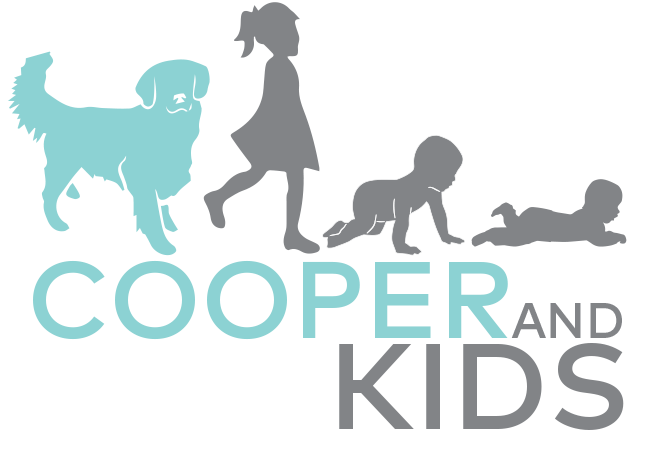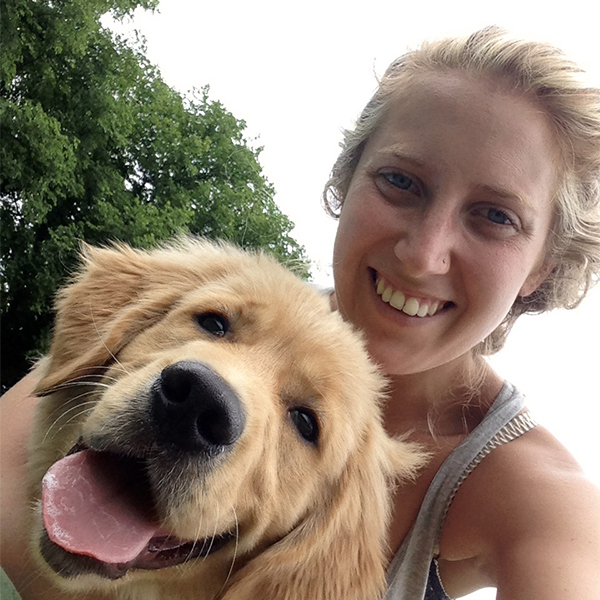Sometimes I feel ashamed to admit the truth. I think about my past and where I began on my training path and I wish it were different. I think about my beautiful boy Cooper and I wonder how things would be if I knew what I know now when he was a puppy…

But we can’t dwell on the past, rather we can look at it, reflect on it and learn from it. And then use it help educate others! I guess I can now look back and reflect on how far I have come in my learning and understanding of all things dogs, behaviour, the science of behaviour change and how to use positive reinforcement training effectively in my training since having Cooper. I truly believe that until you have the knowledge and the right information and education, that it’s really not your fault. So please do me a favour and keep reading. I want to help give you some insights today to really help you to make this shift and see the light like I have.
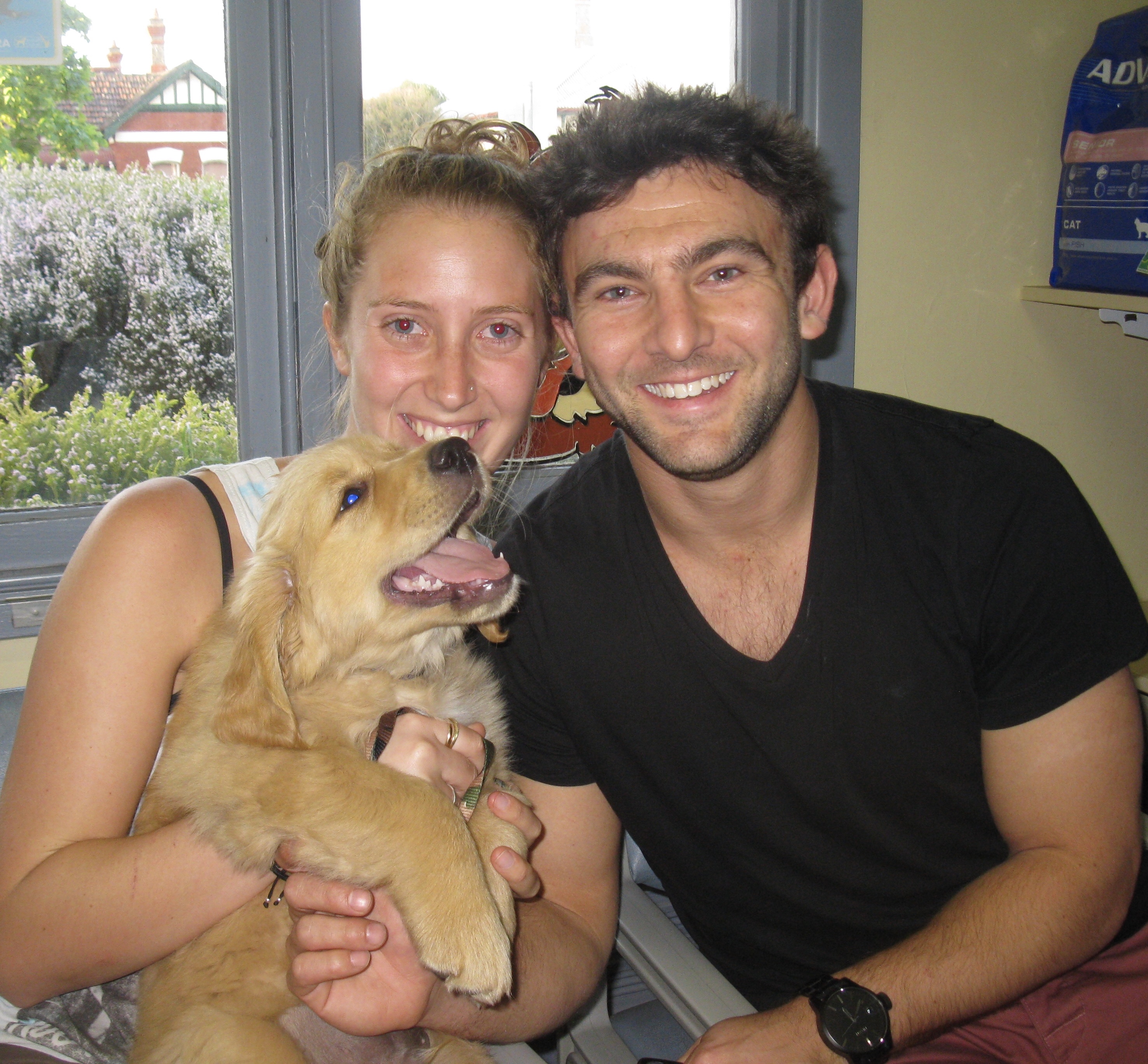
In my early days of owning Cooper I was influenced by balanced trainers. I used methods on Cooper that I am absolutely not proud of. It makes me so sad when I think about it. If you’re thinking, what is balanced training, let me tell you. Balanced Dog Training refers to any approach to dog training or behaviour modification which involves the use of both reward based techniques and aversive consequences. In other words, the trainer shows the dog that their choices and behaviours can result in either pleasant (for example a delicious treat for good behaviour), or unpleasant results (for example a correction from a choke chain when pulling on lead).
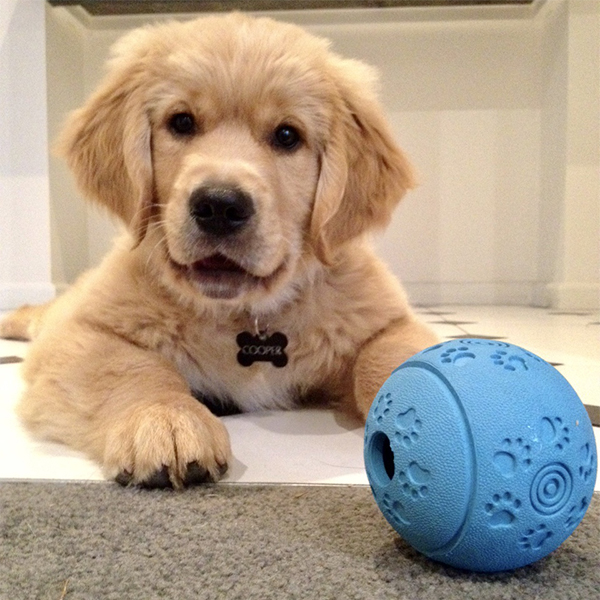
How these methods impacted my own dog.
I look back at Cooper, who is nearly 9 now and I wonder if some of his quirks and odd behaviour traits are based on these training methods we used when he was a puppy. I wonder how different his personality and behaviour would be if I knew then what I know now. For example, we sent him to a lady to look after him one year when we went on holidays, she was a dog minder and a trainer too. At the time, he was still young and pulling on the lead. He came back from his stay there and no longer pulled on the lead. Great, you might be thinking? But I noticed that there was a big missing junk of hair on the side of his neck from using a choke chain/ correction collar. I’ve always wondered what she did to him. I want to cry thinking about this. Cooper is an incredible dog but he doesn’t love affection and pats from people he doesn’t know. If a stranger pats him on the head more than once, he will bark at them very loudly. Yes, dogs do have a blind spot so it is common to not enjoy pats on the head, but I do wonder if this also stemmed from that experience.
I also think about body language and how little I knew about that when Cooper was young and when my first two kids were born. I made my dog tolerate so many situations he wasn’t actually enjoying, because I thought it was “cute”. Now I look back at so many of my photos and I see how unhappy Cooper actually was. I am fortunate that he tolerated these situations and never felt the need to speak up for himself. Many of my clients dogs are past that point and are speaking up with growls, snaps and bites.
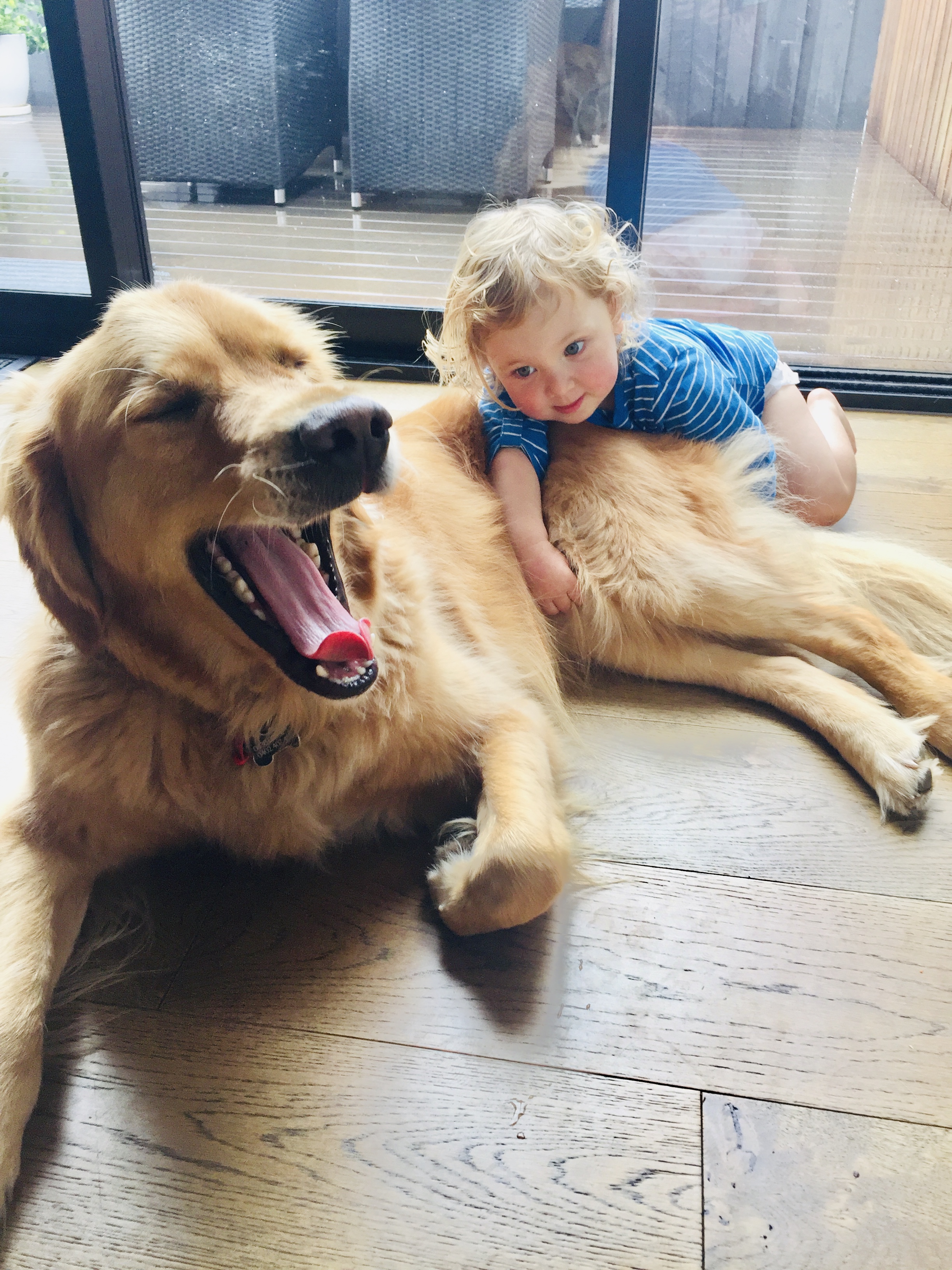
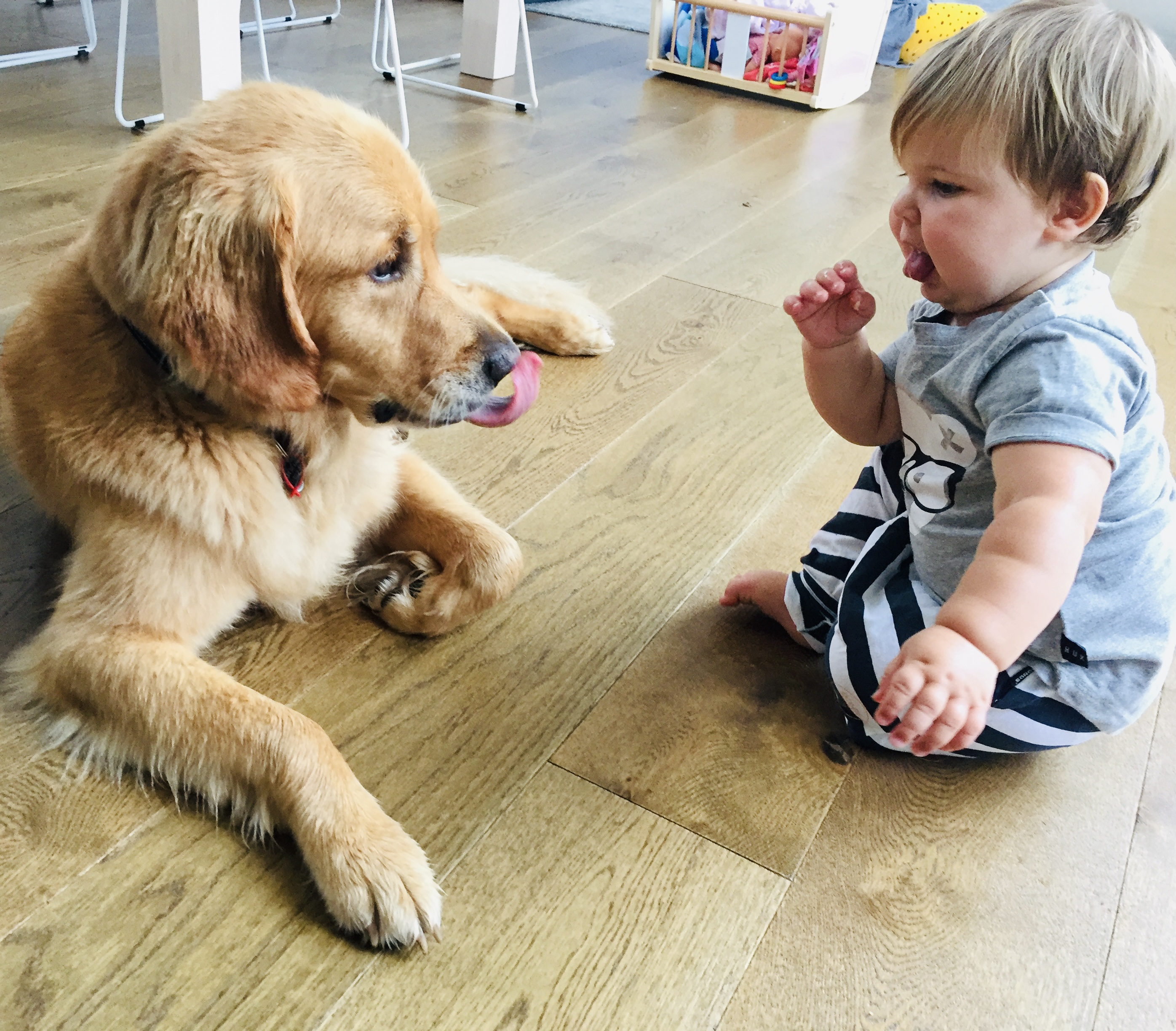
So I am here today, to say – we live and we learn! I want to make it my life mission to really help others. To use my mistakes to help you and your dogs! To help make dogs happier and safer and as a result to make our kids safer and happier too!
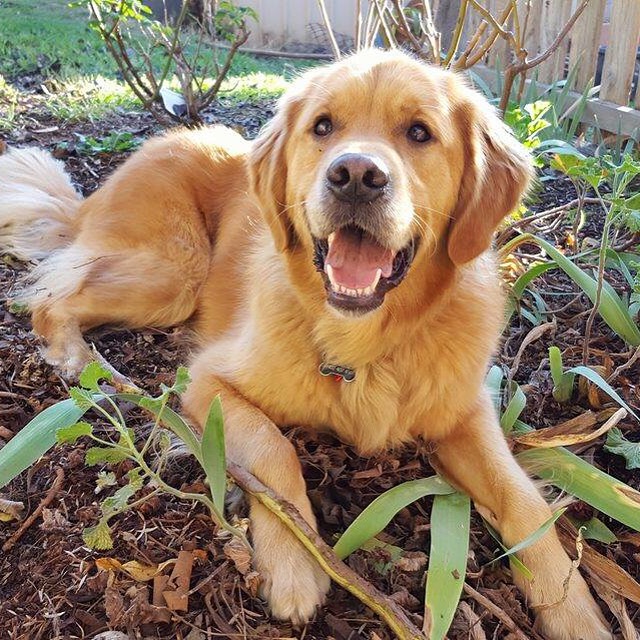
Dr Susan Friedman talks a lot about “the cultural fog”. And the need for us as trainers to really help to shift peoples mind set of the old school thoughts and theories on dominance and using punishment based methods to train our pets. We need to realise that using the least intrusive methods is going to be better off for everyone. If we can find a way to train our dogs in ways that helps to build trust, creates a bond between us and our dog, is fun and doesn’t hurt them, surely this is the method we should all be choosing. Fortunately, I only started working as a trainer once I had made this shift myself. I hope now that I am in this field that I can really help many others to make the switch too and to understand why it is so important.
Why do people use punishment?
There must be a reason why people are still using punishment. And that is because it works. You can scare an animal into not doing something by eliciting fear. Yes they might stop pulling on the lead because they are petrified of getting another correction. Yes they might stop jumping on people if you kick them in the ribs every time they do it, because they are terrified of getting hurt again. But is this good for your relationship with your dog? Does this help to build trust? With these methods comes potential fall-out. It can often lead to fear, anxiety or aggression. A dog who doesn’t trust you or doesn’t trust humans in general, can lead to a dog who feels the need to speak up and protect themselves. And unfortunately, in my work, this is something I am seeing a lot of! A lot of my clients are coming to me with really anxious fearful dogs, that are growling at not only the kids but the adults too, dogs that have now snapped or bitten a child in the home. Dogs that don’t like other dogs when out and about. Why is this happening? More often than not this is the fallout of using punishment-based training.
Debunking dominance and helping you to shift your mindset too.
Still to this day, many people believe that we need to be “the boss” of our dog. Show our dogs that we are “the pack leader”. That to get them to “behave” the way we want them to behave, we must dominate them and they need to be “submissive” to us. This is a regular conversation I have with my clients.
The idea of dominance in dogs comes from a misunderstanding of old wolf pack research that was applied to pet dogs. It’s not based on science, yet unfortunately, this idea has stuck. It was always likely to stick, because as humans we like to organise ourselves in hierarchies, so the idea seems totally believable to us. But even if the dominance principle applied to wolves, research now definitively shows it doesn’t as pet dogs are no more wolves than we are chimpanzees.
Why is the dominance theory not helpful in behaviour change?
The term dominance is a label, not a solution. Labels don’t help fix a behaviour. They often do the opposite. If I believe my dog to be dominant it follows that I must make my dog submit to me. This often results in an ongoing battle that is just unpleasant for both the dog and the human.
So, what can we do instead?
A much more useful approach is to leave out labels altogether and simply describe what your dog is doing. And then understanding that it is our job to teach our dogs what the right behaviours are.
What we also need to realise is that most of these “unwanted behaviours” are just natural behaviours for a dog and we need to work out other ways to enrich our dogs lives and manage the “unwanted behaviours” by giving alternative behaviours to do instead. And then giving them ways they can use their natural instincts in ways that we find acceptable. For example, instead of getting angry at a dog for stealing food off the kitchen bench, set yourself up for success and stop leaving things lying around that they can reach. And then realising that this is happening because dogs love to forage for their food, they are scavengers – so instead of feeding them food out of a bowl, we can rather scatter feed their food in the garden so they have an opportunity to forage and use their brains like dogs are meant to do.
How you can set yourself up for success with your dog.
What is important is the good relationship between you and your dog, and getting training results that allow you to live harmoniously together. Allowing your dog to be a dog and actually do things that dogs love to do! So how do we do this?
- Understanding the genetics and where your dogs breed actually came from.
- Understanding that they are a different species to us and thus setting up their environment to help them thrive rather than fail.
- Understanding how to meet their overall needs. This isn’t just thinking about physical exercise and getting them out for that one walk a day. This includes things like, getting enough sleep, good nutrition, being healthy and well, getting enough mental stimulation in their day, having appropriate outlets for their breed specific traits, the list goes on.
- Plus, a good understanding of positive training, behaviour and dog body language.
It is our job to teach our dogs what we want them to do and we should do this through positive reinforcement.
Here are two tips to get you started:
- Reward behaviours you like. That will make them happen more often.
- Ignore behaviours you don’t like. That will make them happen less often.
The idea behind positive reinforcement (in a nutshell), is the more you reinforce a behaviour, the more likely it is to occur again. It also helps to strengthen the bond and builds a relationship of trust between you and you dog. As our dogs live alongside us in a human world, we have to actively teach them what behaviours we want to see more of. It is our job to teach our dogs what good behaviours are – so look for all the good behaviours and reinforce (reward) these whenever you can, while ignoring the undesirable behaviours. Use food rewards as often as you can, as this is the most powerful reinforcer. Food is a primary/powerful reinforcer which will help to create positive associations. Dogs need food for survival. Pats and praise are secondary/learned reinforcers–like a “thumbs up” to a human, this doesn’t mean anything initially. Over time, we can absolutely build in many other reinforcers too.
If you want more tips, click here for Ten Ways to Encourage the Behaviours we want to see in our dogs.
And here for – Helping You Understand Your Dog Better
With methods like these, everyone wins. You get a happy, well-behaved dog and your dog gets all the affection they want, they get to chase balls, sniff other dogs, and eat lots of treats, all of which are things dogs love! This will set you and your dog up for a successful happy life together based on trust and respect.
Now we know how to train a dog without the need to hurt them – and how liberating is that? Just remember why you got your dog… To love them, nurture them and make them apart of the family. Not to hurt them and mistreat them. Once you are exposed to training dogs without using fear, force or corrections – there is absolutely no turning back!! Let’s all learn how to train our dogs in the least intrusive ways. Let’s all learn to understand how to read body language so we can stop forcing our dogs to do things they don’t enjoy – and to do more of the things they love! Let’s build relationships with our dogs based on trust and respect, not force and fear.
Force-free, science-based, positive reinforcement is the way of the future. And I want you all to come on board too. Who’s with me??!!

If you want to learn more, have a read of these articles:
- Let’s Be Empowered by Positive Reinforcement Training
- Ten Ways to Encourage the Behaviours we want to see in our dogs
- A simple way to manage your dogs undesirable behaviours
- How Dogs Communicate
- Making your dog’s days more exciting through Enrichment. Here’s how…
If you live in Australia the PPGA and the APDT are two great resources to find a force-free trainer in your area.
As always please reach out to me if you have any questions, would like help if your dog or if you need further help finding a local force-free trainer in your area.
Mel xox
PS. Make sure to head to our SHOP if you haven’t already! Spoil yourself and your dog!!

Disclaimer: Cooper and Kids will not be liable for anything that happens to you, your dog or children by following the advice and tips in this article. If you have real concerns or worries about your dog and/or safety of your children, please seek out a professional to come and assess the situation asap.
